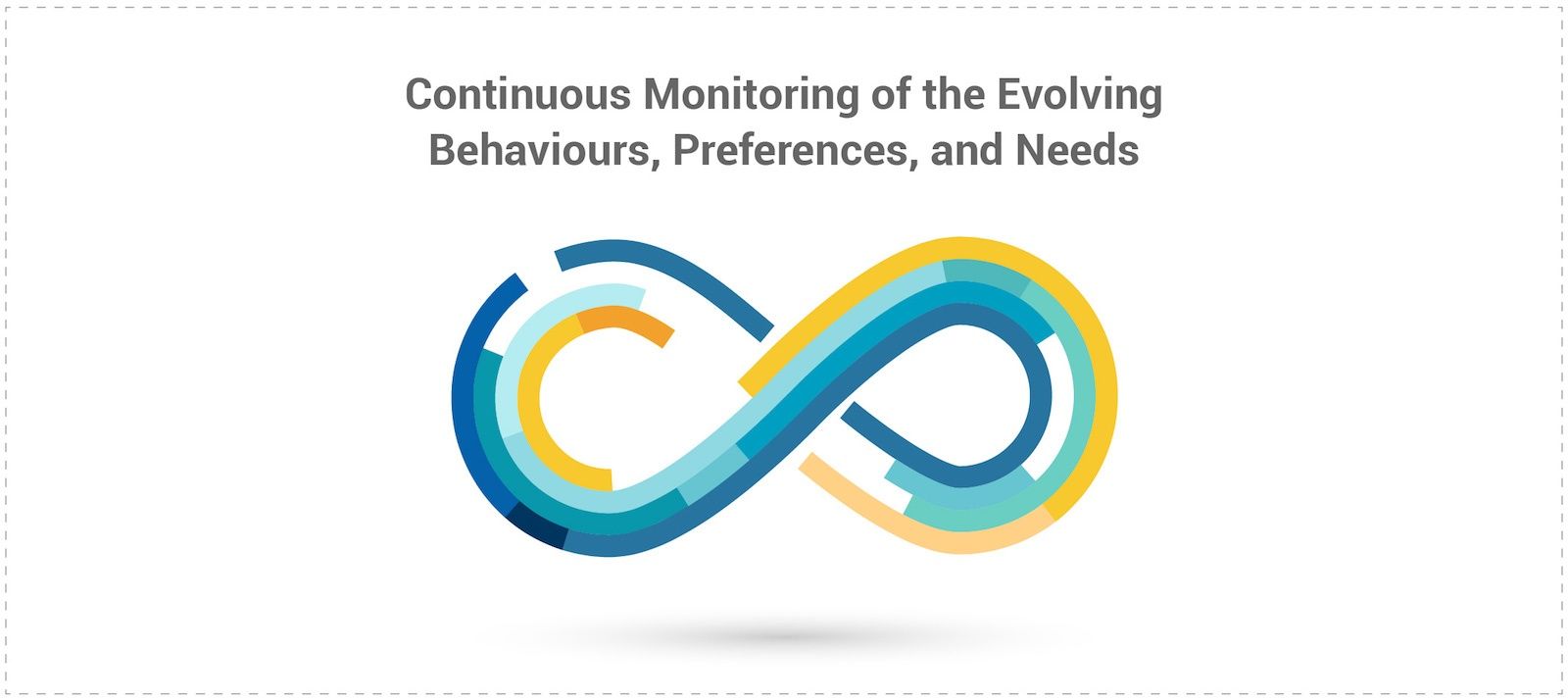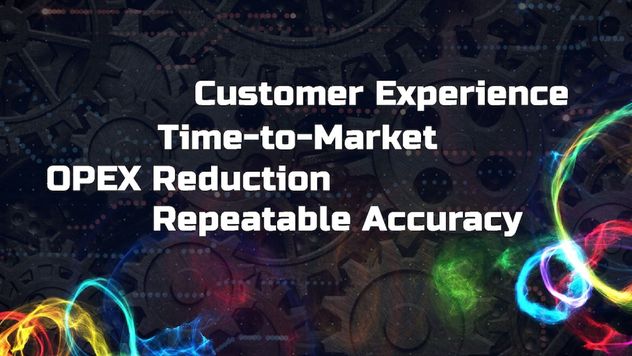
I love technology; so much so, that I have made a career out of it. I see its potential, and I see it as the answer to many questions and problems that we as a society face. Technology is not meant to complicate our life; rather simplify it, streamline it, and enable us to do more. And it is these experiences with technology that are at the forefront of the consumer’s mind, not the complicated mechanisms behind it. It was Steve Matyas, CEO, Staples Canada, who once said “the customer doesn’t care what happens in the background,” and he couldn’t have been more right. Experiences define a brand; not products, services, or the technology that powers them.
Essentials in designing thinking experience
Putting technology aside for a moment, at the forefront of any new idea or development should be the user experience. In order to do that accurately, you must go through the journey of these three essential aspects of design thinking:
- Empathy (with users to design thinking human-centred experience)
- Ideation (generating ideas to best deliver on the user’s purpose)
- Experimentation (prototyping and refining with user feedback)
These three essential aspects have far-reaching implications when it comes to developing new products and services because they help realign your development and UI and UX design efforts with the true goal of technology – enabling the user. Instead, there seems to be a common thread in trying to integrate every last bit of technology into products and services; almost as if creating the tech equivalent to a Swiss Army knife. Except, much like the offerings of a Swiss Army knife, users don’t often find themselves in need of a mini saw, a corkscrew, and a Phillips head screwdriver all at the same time. The trick is in integrating technology so that it takes a backstage role; one that supports the requirements of the user, while propelling them forward, intuitively, and seamlessly to their next step – not yours.

When looking at some of the most elegant and memorable experiences provided by the Googles and Apples of the world, and you’ll begin to notice a commonality – simplicity. This simplicity isn’t found in the technology behind it, on the contrary, it is among the most complex and sophisticated to date. Instead, it is the experience for the user that is simple, which is why it’s so effective.
Investing in the fundamental truth of humanity
The customer experience needs to be viewed as an investment, one that will help ensure that your business can compete in not just future markets, but current ones. Here, however, we see many falling behind; and choosing to view the customer experience as a cost centre, rather than an investment in their success. And yet, time and time again we see the most successful brands prioritize experiences over technology. Why? Well, when was the last time your app wrote its own 5 star review or recommended itself to friends?
Assuming that by now you have begun to realize the value and far-reaching implications of experience design thinking, it is important to note that we are talking about a dynamic factor, one that invariably changes along with the people who experience it. To assume that your users are the same people that they were yesterday, would be a gross oversight in your UX design process. People evolve, and it should be this evolution that is at par with your technological development. What needs do your users have today, and what do you anticipate them to be tomorrow? By taking measures to understand their behaviour, preferences, and needs, it is paramount that you embrace a fundamental truth of humanity – we are always evolving. To stay relevant and consistently provide your customers with expected experiences, you need to be constantly defining and redefining what is important to users of every generation.

You would be making a potentially devastating mistake by leaving something as powerful as user experience up to chance. After all, good or bad, your users will have an experience with your brand, so why not take the effort to ensure that you are providing your customers with the best one possible? As I mentioned, experiences are feelings, which then get stored as memories, and much like a hard drive, we have the ability to recall these memories, ultimately dictating the emotions we feel when we think about them.
So let me ask you, are you confident that your customers are having a memorable experience or are they simply being asked to accept the one you are dictating?



